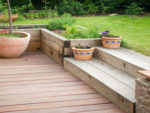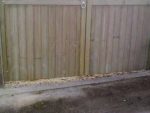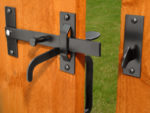This section is all about the features in your garden that help you move around in it; the paths and steps. They are a functional feature of the garden design, but will have a huge impact on the look and feel of the garden. When you are planning a garden path or steps project is it worth taking a step back before starting. Here are our suggestions for some of the more important things to consider before you begin:
8 Top Tips for Planning a Garden Path
The nice thing about planning a garden path is that there are no rules; you can do pretty much what you want and use a huge variety of materials. So long as it is safe then no one is going to worry too much. Here are our top tips for planning a garden path project:
- Get an idea of what you want. This is easy now as all you need to do is to search for something like “Garden Path Ideas” and there are thousands of sites with images to look through until you see something that will suit your garden design. Matching the style of the path or walkway to your garden is important. For example, in a more formal garden you will use straight paths, but in a less formal garden they will be meandering and more curved
- Which material are you going to use? There are almost an unlimited amount of materials that can be used for garden paths, which is half the fun of building one yourself. You can make a real statement with the material that you use, but it must suit your garden design. Typically they fall into several categories, which have similar construction techniques which can be modified to suit the material:
- Loose materials – this include mulch, gravel and shingle. They tend to be the cheapest and easiest to lay and work really well in informal gardens
- Pavers or slabs – These can be a little more formal although can also be used in an informal garden too. There is a huge variety of slabs and pavers that can be use, not only in the types of material but also the size, pattern and designs that they can be laid in
- Solid surface paths – these include concrete and other paths which have a solid surface. These tend to be quick to lay and long lasting
- Wooden paths and decking walkways – There are a huge range of styles and way that you can lay wooden paths. It is important to ensure that the wooden surface does not become too slippery
- Planted paths – these are paths where the planting is incorporated with in the path itself and can be incorporated in any of the above types of path
- Who’s going to build your garden path? Be realistic about your abilities and strength as this can be a hard project, but also a very satisfying one. Choose a path that you will be able to finish if you are going to do the work yourself. If you need to you can find a tradesman near you to help you by clicking here. Your budget will also be a factor here too
- Look at the bigger picture: Don’t focus on the path you are building today, but also on the areas that is it connecting, and how this works with the whole of the garden. You might choose a range of different styles of paths in different parts of the garden to provide a different feel or effect
- Think about width: Generally a path will need to be 4 feet (approx 120 cm) wide. This allows two people to walk comfortably along it together or two people to pass without knocking one person off the path. A path should really never be less than 45 cm or 18 inches as then it will become difficult to use even for one person. The more traffic that the path is expected to get the wider that it should be
- Tricks with width: Use the width of the path to lead the user to their destination. Closing the width with make the users fall into single file and may hid the destination of the path making it more intriguing. Widen the path where you want the user to stop, as this suggested the destination. Garden designers often widen paths where there is a bench or a view that they want you to stop and admire
- Think beyond the path: It is important to consider how the path will be edged as this creates the junction between the path and the garden. The planting can also have an effect on the path, as it can fall over the path or be kept behind the edging
- Consider the users and safety: You should not plan your path without considering simple safety features. Think about lighting your path at night and if any railing is required; this can be more important when you get to steps or slopes. Remember wooden paths can be very slippery when wet
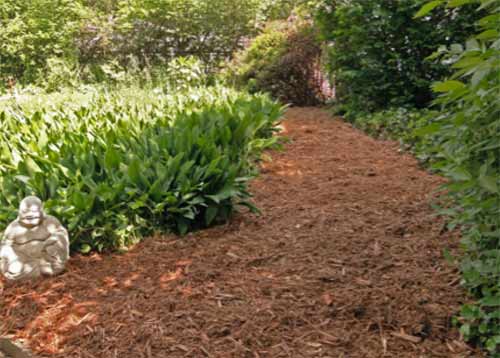
Mulched garden path 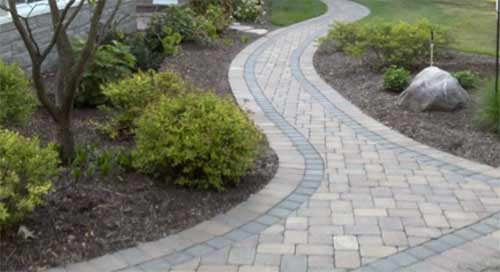
Paved garden path 
Concrete garden path in a cottage garden 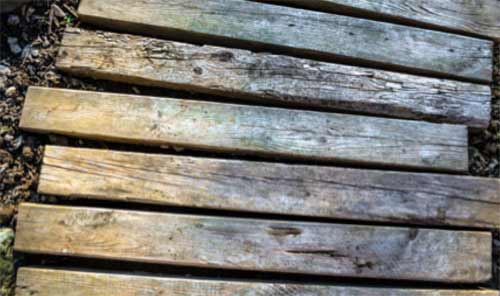
Wooden sleeper garden walkway 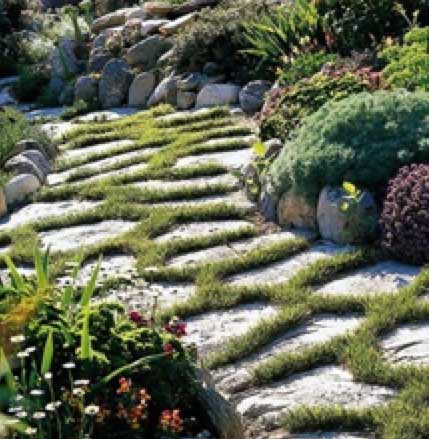
Planted Path using natural paving slabs 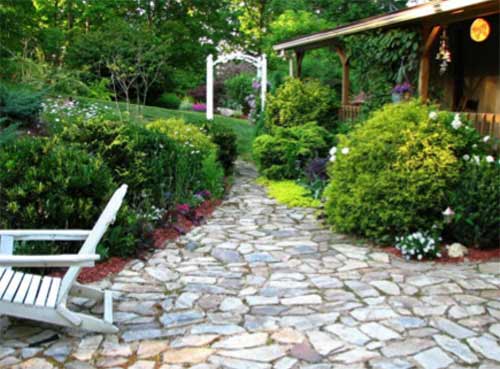
Use the width of the path to section off areas of your garden – Image courtesy of Garden Design for Living
Planning Restrictions for Garden Paths
In reality there are no restrictions for making a path in your garden. Any path or patios will need planning if it is not permeable or porous and will exceed 5 square meters. Essentially if the runoff from the paved impermeable area will go into the drainage system then planning permission needs to be sort.

